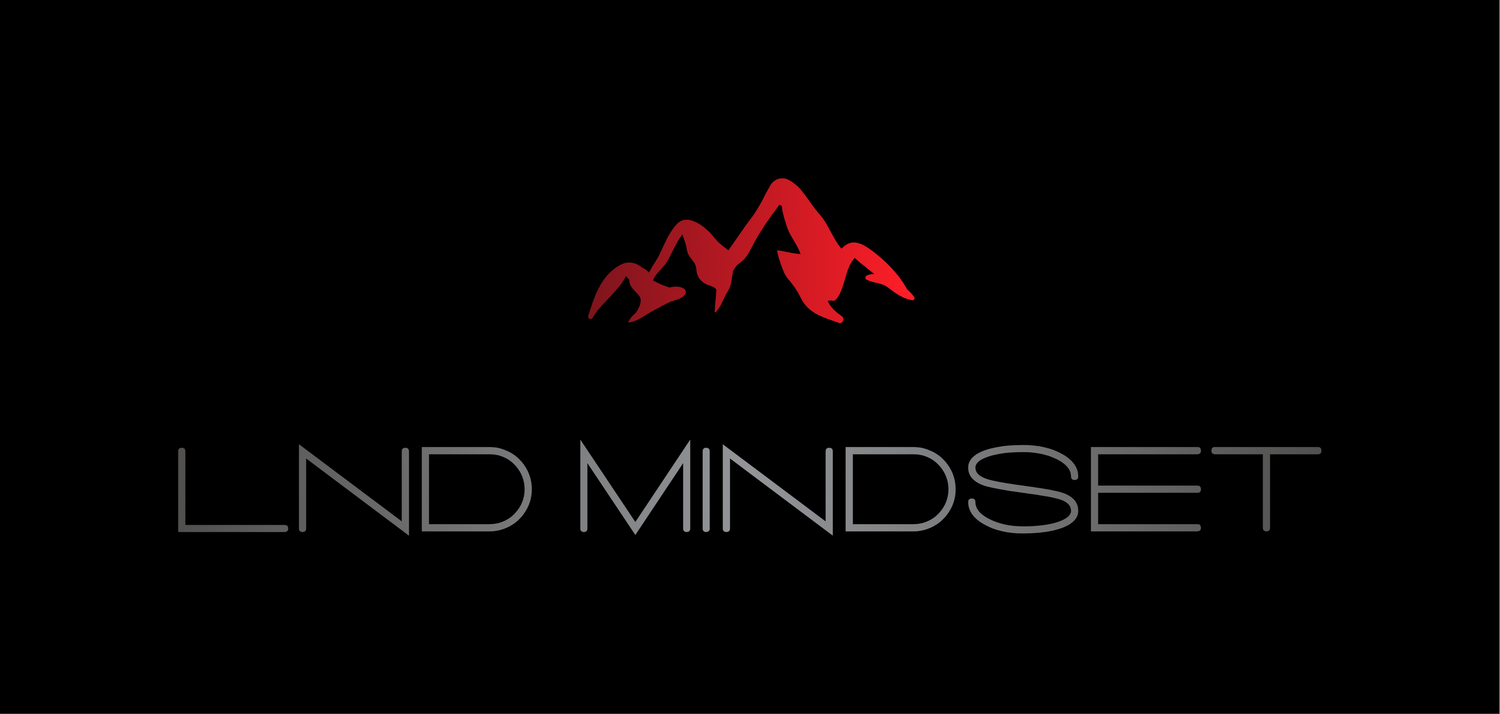The Fox, The Hedgehog, Lincoln, and the Shutdown
A little while ago, I wrote a post about Charlie Kirk. It wasn’t meant to provoke—it was meant to observe. I took a neutral tone, curious more than combative. Even still, it was one of those posts that you hit the upload button with your left eye closed and your right eye squinted. And as a reader, you open it preparing for some cringe worthy content.
What fascinated me was the response. People who tend to lean left who read it thought I agreed with them. Others who tend to lean right who read it thought I agreed with them. And those who didn’t actually read it assumed I was against their side entirely I kind of tore me up for it. LinkedIn responses were positive and encouraging…educated actually. FB and IG was a whole different story, lol.
That experience made me wonder: Do most of us read to understand or confirm? Which is exactly why I often try to stay objective—for me, that’s the space where ideas drive thought. Hopefully where this post lives.
I’m a leader in the govcon space. And over the last year plus, the environment has been uniquely challenging with the DOGE cuts, acquisition reform, small business debates, and now the government shutdown.
The Fox and the Hedgehog
The ancient Greek poet Archilochus wrote, “The fox knows many things, but the hedgehog knows one big thing.” It seemed to take centuries to figure out the context of that quote, and it was Isaiah Berlin who used it to describe two types of thinkers:
· The hedgehog sees the world through one unifying principle—a big, immovable truth.
· The fox sees the world through many lenses—nimble, adaptive, multifaceted.
Both have strengths. Both have blind spots. The hedgehog can hold a nation together—or start a world war. The fox can maneuver brilliantly—or chase its own tail.
Jim Collins later used the metaphor in the famous book Good to Great, arguing that great companies know their “one big thing”—their Hedgehog Concept—but stay adaptable enough to adjust around it.
Lincoln – The Fox or Hedgehog?
In the book, On Grand Strategy, the author referred to Abraham Lincoln as a good example of balancing both. His hedgehog truth was simple and unyielding: preserve the Union. Everything he did—every speech, strategy, and sacrifice—was filtered through that lens.
But he was also a fox in practice. He shifted generals when needed, reframed moral debates, compromised where possible, and evolved his tactics wisely.
Lincoln didn’t need the North and South to agree on slavery to preserve the Union. He needed them to agree that dissolution was worse than disagreement. Today’s equivalent might be: We don’t have to agree on the size or role of government to agree that shutting it down harms the people both sides claim to serve. I don’t believe that is actually compromise—it’s acknowledging that the negotiation and the function are two different things.
That balance—clarity of purpose paired with adaptability of approach—ultimately prevailed and launched him into the GOAT discussion or argument.
The Shutdown: Too Many Hedgehogs? Too Few Foxes?
As a CEO in the government contracting world, a shutdown is disruptive. Contracts stall. People wait. Missions pause. For many outside of Washington, a shutdown is not necessarily political, it's practical and functionally disruptive.
As we all live it, do we see the fox and the hedgehog everywhere? Each side has its “one big thing” it refuses to bend on. Each side also scrambles with fox-like tactics to spin, posture, or find temporary workarounds. But are we missing Lincoln’s synthesis? The ability to hold a higher unifying purpose while flexing everything else to serve it.
In Lincoln’s time, the “one big thing” was preserving the Union. In this situation, shouldn’t the modern equivalent be preserving the functioning of the government itself? That means protecting the systems that serve people, pay employees, and keep the lights on for the country we all share.
Principles vs. Preferences
Leadership, whether in Washington or business, requires knowing the difference between a principle and a preference. A principle is what you will not compromise. A preference is how you’d like to get there. Yes?
When leaders mistake one for the other, progress dies. In government, that means shutdowns. In business, that means stagnation.
The best leaders—like our Lincoln example—know when to be the hedgehog and when to be the fox. They never lose sight of the mission, but they stay agile enough to move toward it.
What This Means for Leadership
In my world, managing teams across multiple contracts and missions, clarity and flexibility coexist daily. You can hold firm to integrity, accountability, and delivery while adapting to new budgets, new leadership, and new requirements. Some may view that as compromise. I disagree. I see it more as maturity and savvy leadership.
Lincoln had the ability to stand still in conviction and the humility and/or savvy leadership ability to maneuver his tactics. If Washington could rediscover that formula, the shutdown might end—not through victory, but through wisdom.
Closing Thought
A hedgehog without a fox can become a problem. A fox without a hedgehog runs hard without a destination. Lincoln seemed to understand how to live in both worlds—and that proved successful. I think our government is better with checks and balances, not cross checks.
If we could remember that, maybe the government—and the rest of us—could keep functioning, even when we disagree.
· #Leadership
· #LNDMindset
· #Lincoln
· #GovernmentShutdown
· #PrincipledPragmatism
· #GovCon
· #CriticalThinking
